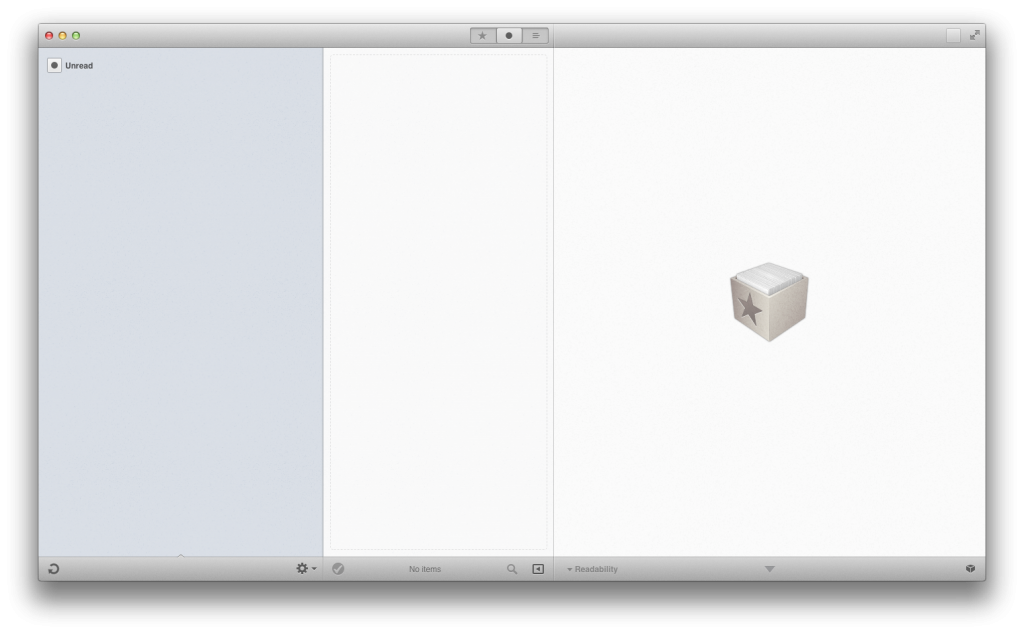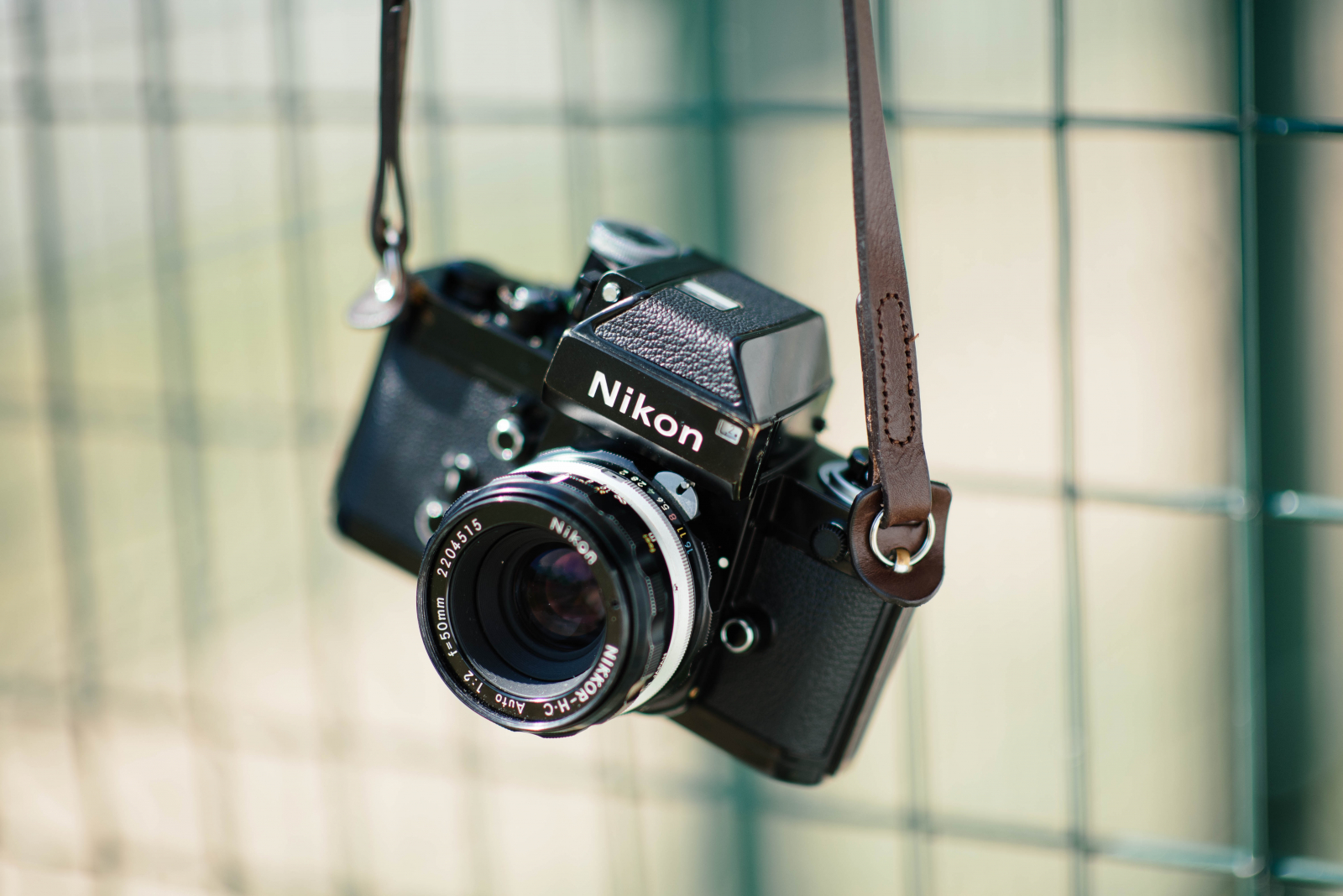In a few days, Google Reader will permanently shut down. Google's decision has left many geeks in a quandary. Smaller but well-known providers1 in the space are scrambling to "coral" as many people as possible. In navigating the services field, I've had to decide not to decide.
Right now, I"m using Feedly, a free service. The service has been mostly reliable and performs well. The iOS app ( I mainly read on my iPad ) is functional. The web front end is well-designed and responsive. Some RSS software developers are claiming they will support it soon. While I could stick with Feedly, I'm concerned about relying on another free service. How exactly does Feedly make money?
I searched for alternatives shortly after Google announced. I followed the advice of Dave Winer and set up my own River server on AWS. When the first bill from Amazon2 came due, I decided River wasn't an option for my budget. The CU and bandwidth costs were very high. I also found very little feed-reading software that supported the service.
Soon after that, I found Fever. I follow over 200 feeds, so I liked what Fever was offering.
Fever reads your feeds and picks out the most frequently talked about links from a customizable time period. Unlike traditional aggregators, it seems Fever works better the more feed I follow.
And the price was right. A one-time license fee of $30 and a few lines of code, and I had a Fever server running on one of my domains. However, the server didn't perform well. Syncing took a while, and the iOS version of Reeder was the only app I found with Fever support. I may need a beefier server.
So I continued using Google Reader with the Reeder app, hopeful that something would happen before July. There was some buzz around Feedbin, so I registered for the service. The service is usable, but the performance is poor. Downloading RSS feed items with Feedbin takes minutes instead of seconds with Google Reader.
The performance on Feedbin continued to suffer, and the developer took the service offline for over 7 hours to upgrade his infrastructure. I dropped the service. Perhaps it was a rash decision, but when I'm paying for a service, I expect you to perform better than FREE. I expect a better communication plan than a tweet linking to a blog post. The support request system leaves much to be desired. Sometimes the cost of a service isn't an indication of quality. Did Ben Ubois only create his service for software developers?
Some digital cognoscenti3 are voicing support for Feed Wrangler.
ReadKit for Mac just added Feed Wrangler support, so I’m trying that out now. Reeder for iPhone will get it shortly, and Mr Reader for iPad already supports it. Marco
I have yet to try Feed Wrangler. All of these services (except for Feedly ) are paid services costing about $24/year. I want to try Feed Wrangler if, but I already paid for a full year of Feedbin service, and I'm not sure when/if I'll get a refund. I purchased the ReadKit apps and am testing that out with Fever. It's a beautiful app but lacks most social sharing services I want.
Reeder is my current favourite RSS app. The iPad and Mac versions lack support for other feed services beyond Google Reader. However, Reeder's developer has removed the iPad and Mac apps from the store and has made the iPhone app free until he can release an update.
The current version of Reeder for iPhone will be free, starting today. Version 3.2 (already submitted) will support the following services as alternatives to Google Reader:
- Feedbin
- Feedly
- Feed Wrangler (No support for smart streams yet in Reeder)
- Fever
- Standalone/Local RSS without syncing
I've tested the iPhone version, which supports Feedbin and Fever. It works well, but I’m looking forward to having support for the other services. I want to use my choice of feed reader on iOS and OS X with support for all the current offerings from RSS aggregators and sync services. If I’m patient, it would seem that Reeder will be that app.
In the meantime, I’ve exported all my feeds and will use Feedly Web and iOS apps. The Verge reviewed several alternative services and apps I have yet to try.
- The amount of "spam" from Feedly and Flipboard is obnoxious, but I have a few other options that work on iOS and OS X. ↩
- Running River on a Windows server instance cost me almost $11. I do not want to pay hundreds of dollars yearly for sync services. ↩
- I was searching for a word that means "people in the know," which seemed to fit. ↩




